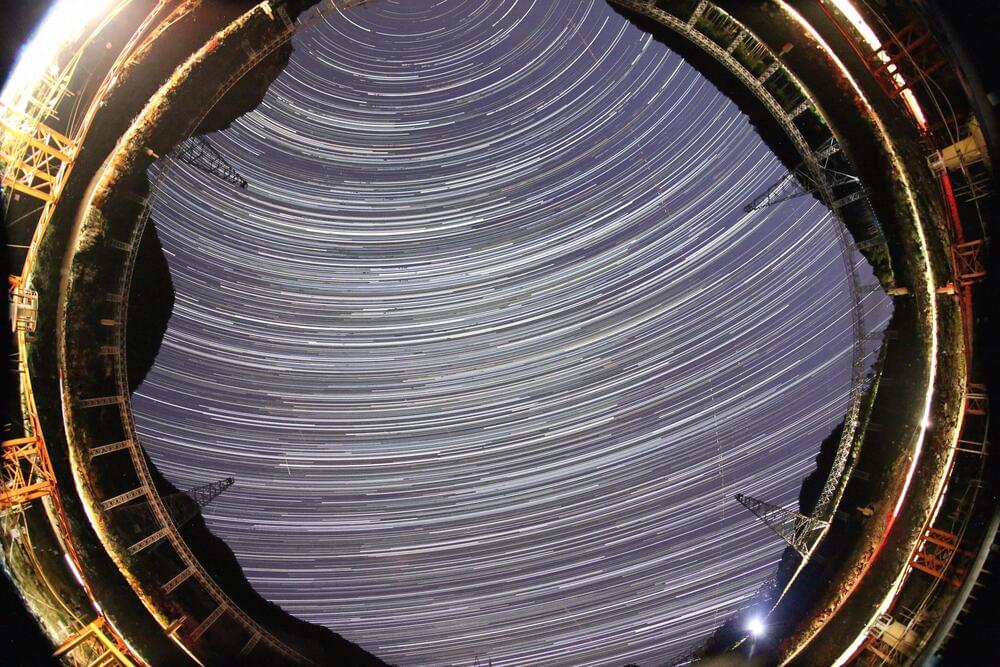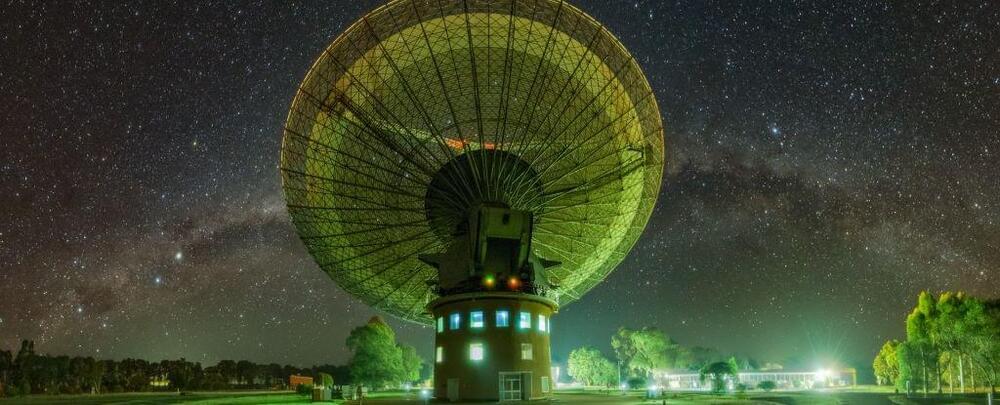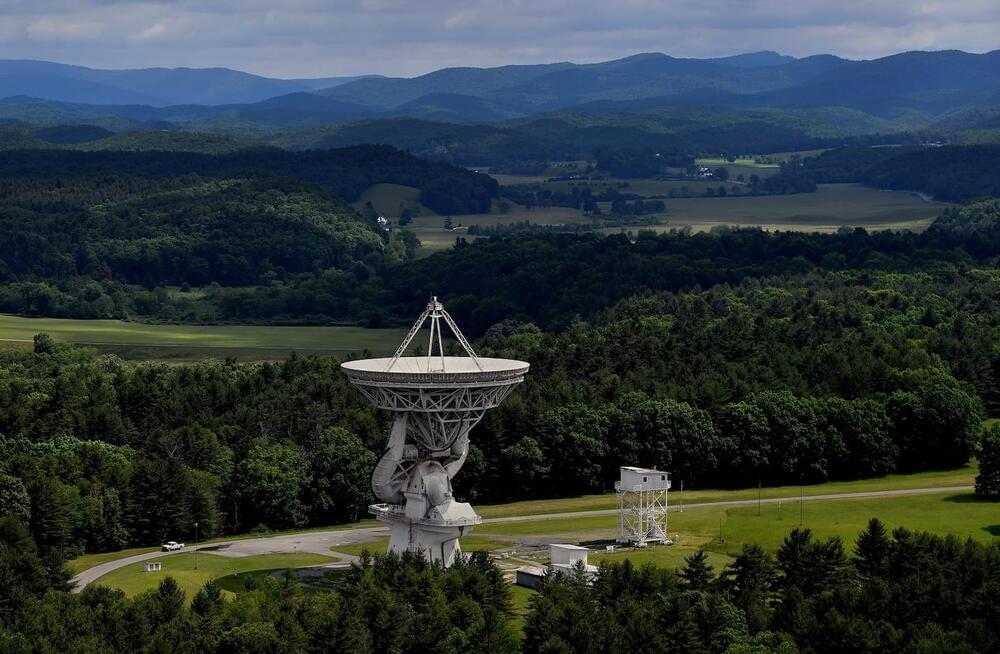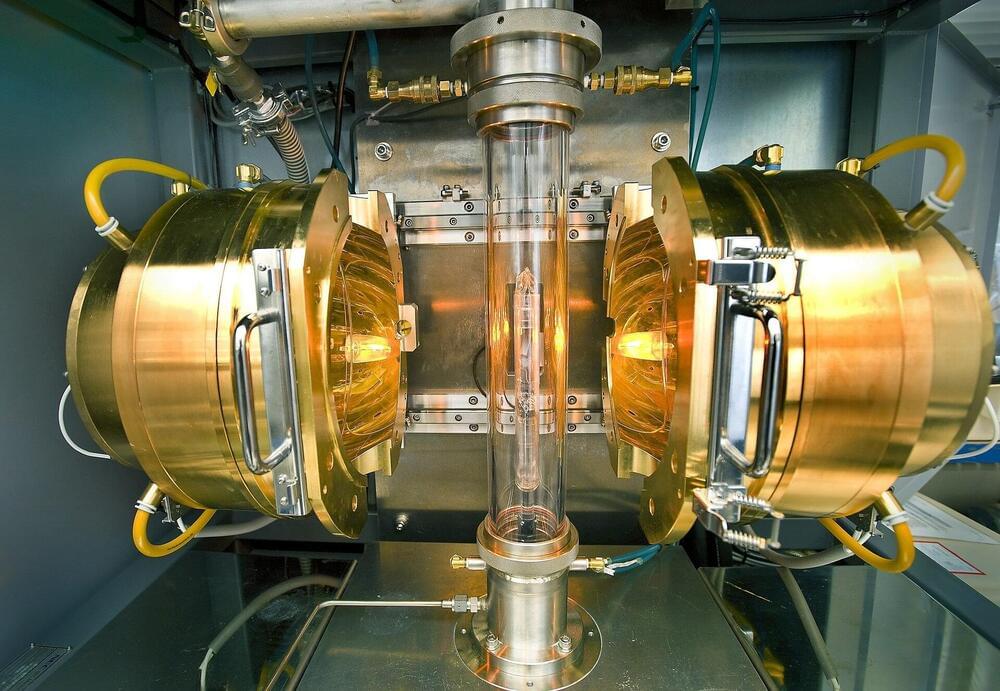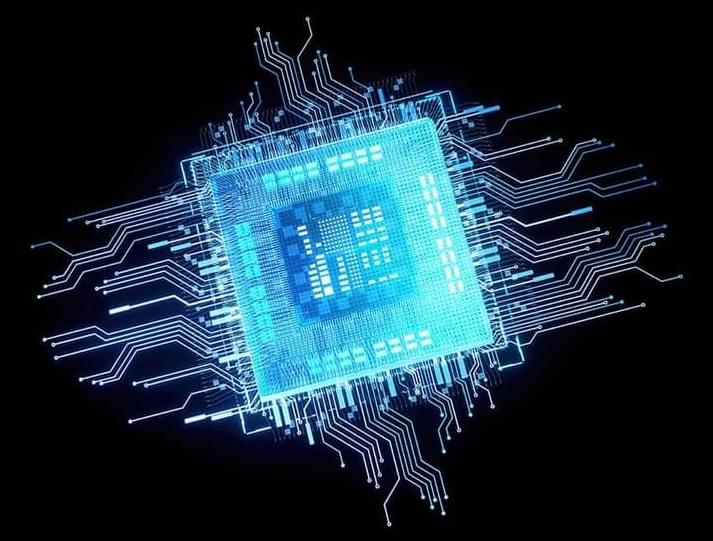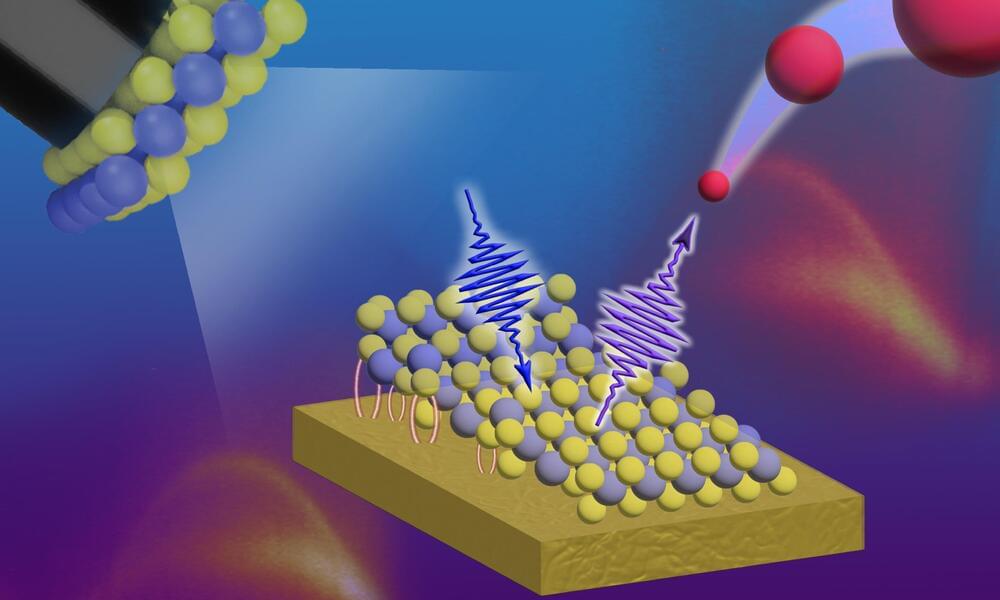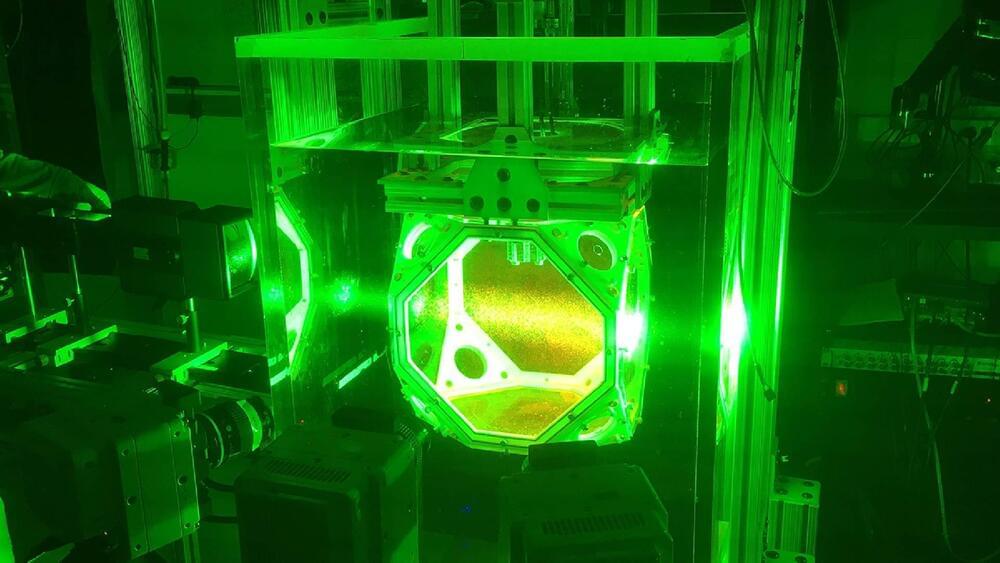Jun 29, 2023
Scientists find key evidence for existence of nanohertz gravitational waves
Posted by Shailesh Prasad in categories: physics, space
A group of Chinese scientists has recently found key evidence for the existence of nanohertz gravitational waves, marking a new era in nanohertz gravitational wave research. The research was based on pulsar timing observations carried out with the Five-hundred-meter Aperture Spherical radio Telescope (FAST).
The research was conducted by the Chinese Pulsar Timing Array (CPTA) collaboration, which comprises researchers from the National Astronomical Observatories of the Chinese Academy of Sciences (NAOC) and other institutes. Their findings were published online June 28 in the journal Research in Astronomy and Astrophysics (RAA).
Continue reading “Scientists find key evidence for existence of nanohertz gravitational waves” »
